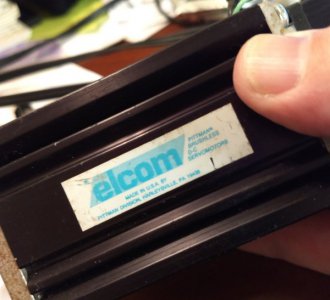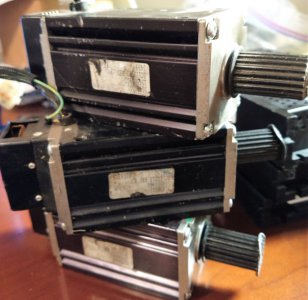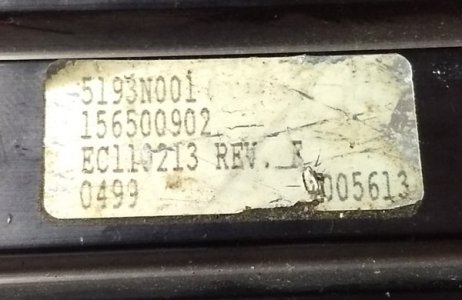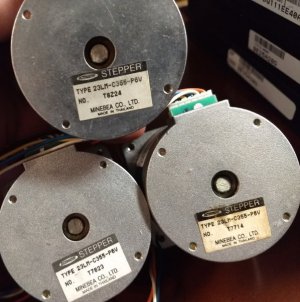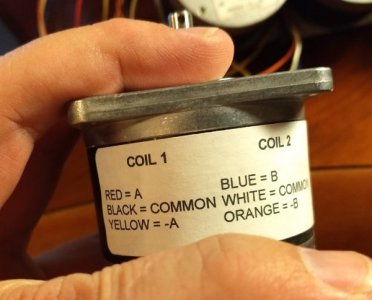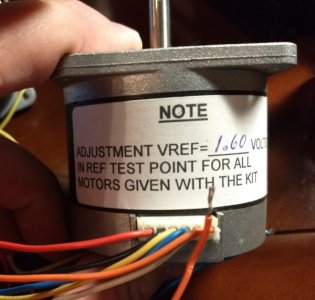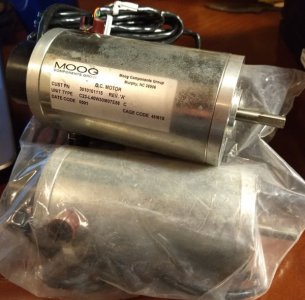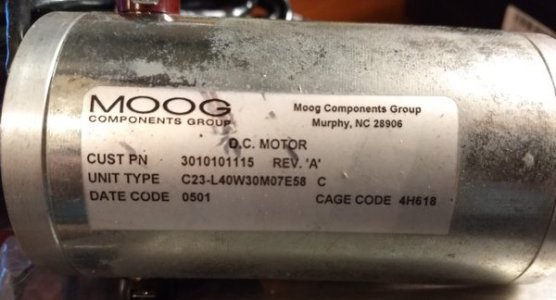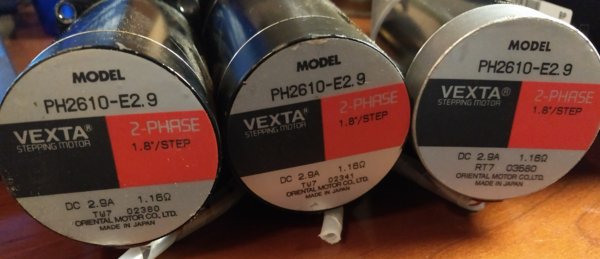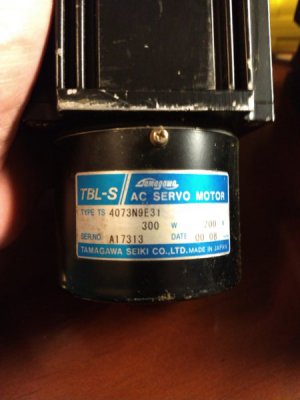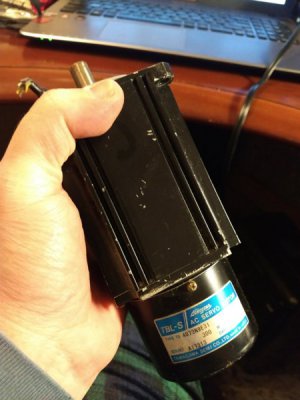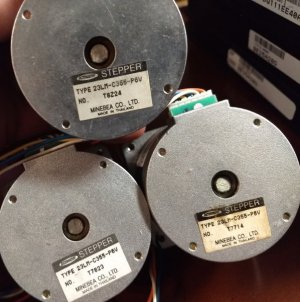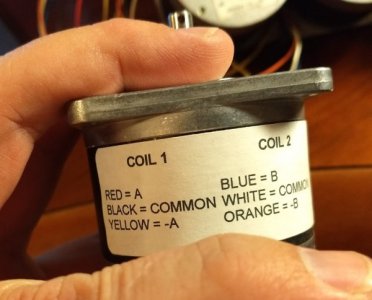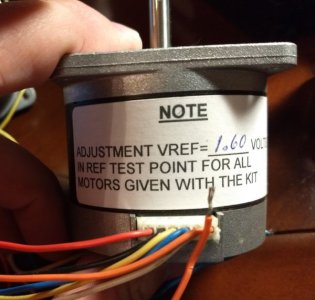but these guys are LITTLE compared to what this Galil was supposed to be able to handle
Don't confuse 'powerful' motion controller hardware with 'powerful' motor. A powerful motion controller simply means it's very fast, accurate, and the trajectory planner is refined. i.e. smooth. Think really complicated robot moving gracefully. Lots of number crunching, but maybe that robot is only the size of a poodle.
3-phase - just because you don't have 3p piped directly to your Workshop O' Doom doesn't mean you can't have it. Digital phase converters are available that magically transform the 220VAC single phase in to sweet, sweet 3-phase 220VAC to run those quiet, powerful industrial motors and so forth. And there are variable frequency drives (VFD) that do the same thing for an individual motor. No need to panic the neighborhood busybodies thinking you're setting up a production line.
Yes and no. If you sell all your Bugatti parts and buy a turn-key CNC mill, you may not have to learn so much about the electrical pixies behind the curtain. You can get to learning G-code, CAD/CAM/tools, feeds and speeds, etc.I think they are BOTH part of the mix now
I find this stuff interesting even if my head hurts from time to time. And learning a bit about motion control and electronics (and electrical) has saved me quite a bit of money - but it's cost me quite a bit of time. I had to, essentially, start from scratch with the entire motion control system and anything electrical on my mill before making any chips.
Learning how not to crash the machine and plow through expensive tools and vises has been delayed. My machining 'apprenticeship' has been delayed quite a bit while learning the backstage stuff, but it's also helped me diagnose and repair a couple of sick 'pro' CNC machines for friends. Win-win: they are back to making money and I now have three 20hp VMC's to play with (supervised) whenever they're idle. And there may be a dual-spindle, twin-turret, live tool, 8-axis turning center in the near future...
So... while I suspect folks here are interested in helping you design & build a monster control system, don't count out the possibility of selling it and buying a smallish turn-key CNC mill and jump-starting your new hobby. No matter what you'll be learning about control systems and electronics and stuff - but maybe you can fiddle with that stuff while you're actually using a machine.

